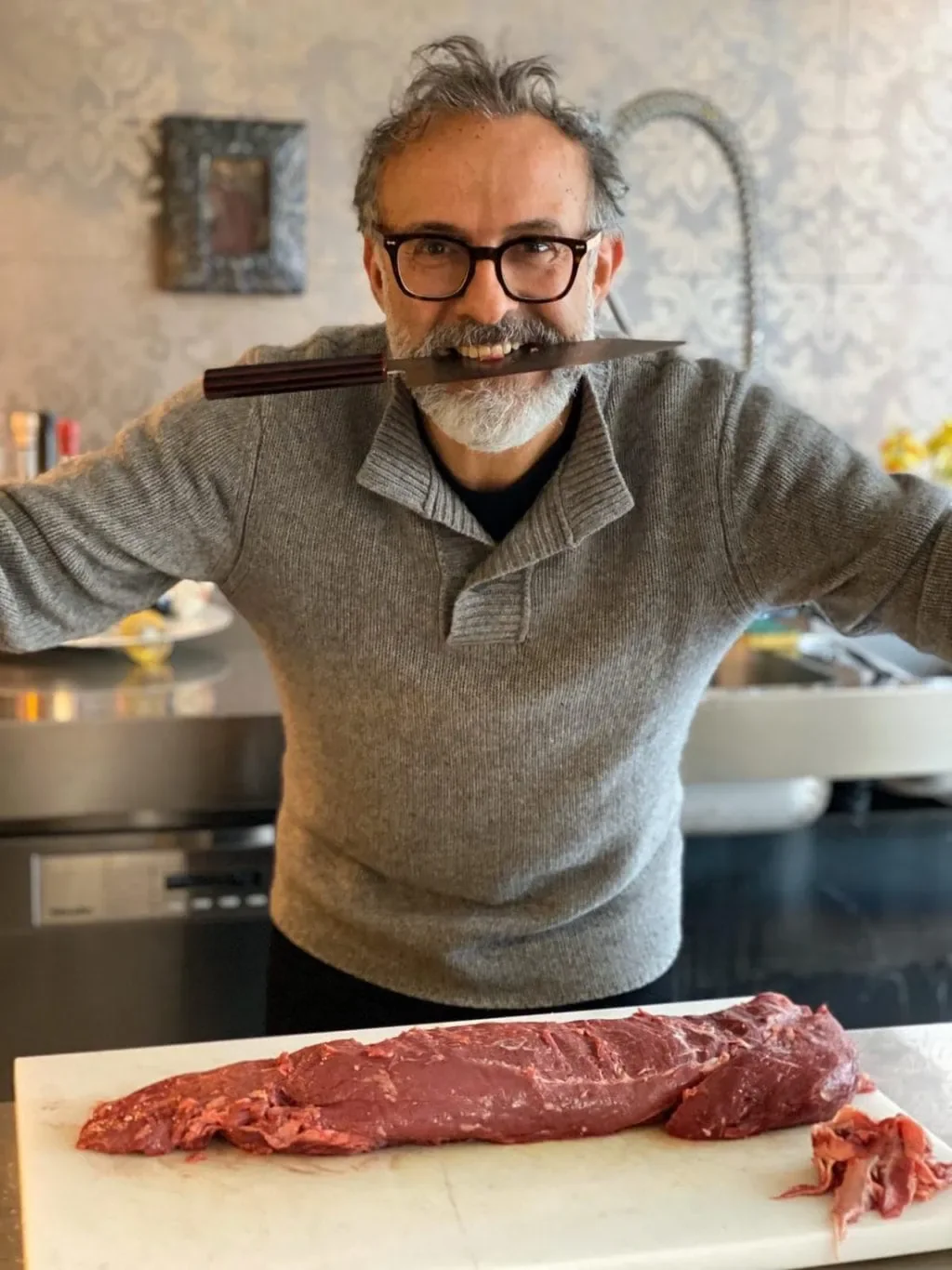Speckle Park: Rethinking Beef, Redefining Quality
Speckle Park are turning heads and changing minds across the beef industry.
These cattle are purpose-built for producing elite eating quality — efficiently, sustainably, and without compromise.
That might sound like a bold claim, but it’s one that stands up under scrutiny. Speckle Park meet the moment, offering real, evidence-based solutions to the challenges facing both producers and consumers today.
Let’s take a closer look at what today’s consumer really wants — and whether the industry is keeping up.
What the Modern Beef Consumer Wants
Across both domestic and international markets, the message is consistent: consumers are demanding four things — eating quality, appropriate portion size, sustainability, and a healthier product.
1. Eating Quality: More Than Marbling
We’ve long been sold the idea that marbling is the only measure of quality. But the science paints a more complex picture.
Yes, marbling matters - but so do fat melting point, fatty acid composition, and muscle fibre structure.
A singular focus on intramuscular fat has distorted how we define quality, driving breeding programs toward heavier, fatter animals that don’t necessarily match consumer expectations.
Eating quality is multifactorial, and Speckle Park excel across these lesser-known, yet critical, dimensions.
(More on this in an upcoming post.)
2. Portion Size: The Balance Between Premium and Practical
Consumers don’t want oversized steaks; they want flavour, tenderness, and balance on the plate. The industry is starting to listen.
In 2017, Tom Maguire, then General Manager of Corporate Affairs at Teys Australia, cautioned Angus producers:
“Our fed (Angus) carcase weights at the moment are heavier than what our customers want… All of this focus on genetic progress is fantastic, but it has to be focused on the consumer outcome.”
He noted that larger carcases create cuts too big for retailers and food service, adding:
“Beef cannot compete on price against other proteins, so we have to deliver exactly what the customer wants — and carcase weights are becoming an issue.”
35mm cut Sirloin Steak
Since that time, 600-day growth EBVs have risen 25%, and IMF% has lifted from 1.8 to 2.5 — yet consumer preferences haven’t shifted toward heavier portions.
Ask any chef: the best steaks are thick, not massive. A 1.5-inch steak delivers a perfect sear-to-centre ratio and retains moisture — something thinner cuts can’t achieve.
Francis Mallmann: “A steak must be thick. Thick like a good book… Fire is patient, and so should you be.”
Yotam Ottolenghi: "Even in dishes where steak is sliced, I prefer to cook thick and then carve. It holds flavour and moisture so much better."
Anthony Bourdain: "There’s nothing sadder than a grey, overcooked strip of meat. A proper steak should be thick enough to need a moment — and reward your patience."
Massimo Bottura: "A steak must be generous... Thin is rushed. Thick is respect."
(Photo Credit : The Style Mate)
From a 280 kg carcase, a 35 mm sirloin yields an ideal 300–350 g steak — the sweet spot for both diners and chefs. But when carcases exceed 450 kg, individual cuts become too large, too costly, and harder to serve consistently.
This has real financial consequences. At Brisbane’s Breakfast Creek Hotel, a 200 g eye fillet sells for $46, while the 300 g version sells for $53. That extra 100 g — one third more steak — only brings in 15% more revenue, even though the restaurant paid the same per kilo.
For food service, portion size isn’t just preference — it’s profitability.
3. Sustainability and Health: Why Grass-Fed Is Surging
Consumers are increasingly choosing grass-fed beef — not just for the story, but for its taste, nutritional benefits, and lower environmental impact.
The shift is evident in both domestic and export markets: supermarket shelves show up to a 40% price premium for grass-fed beef.
Top restaurants are reinforcing this trend:
Don Julio Parilla in Buenos Aires, ranked the world’s best steakhouse, serves only grass-fed beef.
Margaret in Sydney, ranked Australia’s finest steak restaurant, offers five grass-fed options and just one grain-fed steak on the menu.
The message is clear: quality doesn’t depend on grain finishing — it depends on the genetics and how the animal is raised.
Don Julio Parilla - Worlds Best Steak Restaurant
Why Speckle Park?
Speckle Park cattle are tailor-made for grass-fed and grass-finished systems.
Their moderate mature size and early maturity pattern mean they reach target condition efficiently, without excess fat. Their muscle fibre composition and favourable fatty acid profile produce remarkable tenderness and flavour — without the need for extreme marbling or long feeding periods.
They thrive where sustainability, efficiency, and eating quality intersect.
A Smarter, More Sustainable Future
In a market that increasingly values provenance, balance, and wellbeing over bulk, Speckle Park represent a smarter path forward — one that respects the diner, rewards the producer, and protects the planet.
Beef is no longer about kilograms. It’s about connection, quality, and story. And that’s where Speckle Park lead the way.





